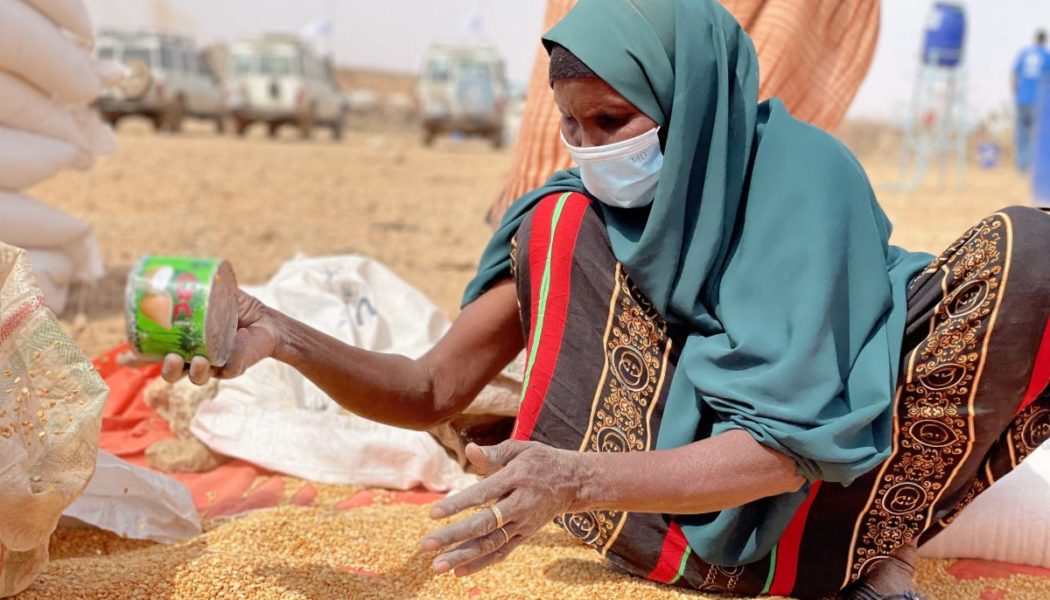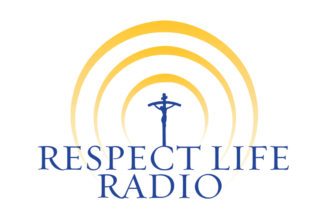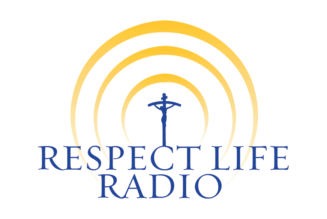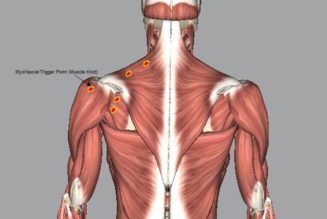
|
Listen to this story: |
YAOUNDÈ, Cameroon – As droughts continue to hit countries across the Horn of Africa, a leading Catholic aid agency says 20 million people are facing an acute food shortage.
Ibrahim Njuguna, Surge Country Representative for Africa of the Catholic Agency for Overseas Development (CAFOD) – the official aid agency of the Catholic Church in England and Wales – says one person is likely to die every 48 seconds across Ethiopia, Kenya and Somalia.
“The region’s worst drought in 40 years has led to four failed harvests, the death of millions of livestock and decreased local food production,” he told Crux.
Below are excerpts of his interview with Crux.
Crux: CAFOD has indicated that families in Kenya, Ethiopia and South Sudan are facing extreme food shortages and hunger. How serious is this crisis?
Njuguna: The food crisis in East Africa is extremely serious. Around 20 million people across Kenya, Ethiopia and Somalia are acutely food insecure. Meanwhile in South Sudan, droughts and floods have left an estimated 8.3 million people – over 50 percent of the population – in need of humanitarian assistance.
According to a recent report, the crisis is likely to result in one person dying every 48 seconds across Ethiopia, Kenya and Somalia.
Much of the blame has been cast on drought and climate change. What does the reality of climate change look like in this part of Africa?
East Africa has been hit by multiple shocks in recent years – drought, floods, locusts, and conflict – but the principal cause of these has been climate change.
The region’s worst drought in 40 years has led to four failed harvests, the death of millions of livestock and decreased local food production.
The Ukraine-Russia conflict has made the situation worse. The price of household essentials like maize has soared, production has fallen, and supply chains have been disrupted.
The crisis has been compounded by conflicts both near and far – including the conflict in Ukraine, which has seen food prices rise all around the world.
This is a region essentially made up of pastoralists, even if there is some agriculture going on. What does this drought mean for the people? How are they coping? In the past, I understand people have had to sell their animals and all their assets and then flee the area. Has the current drought reached such levels?
Being forced to move their homes and sell their animals on multiple occasions – due to the repeated extreme climate shocks and failed vegetation – have eroded coping strategies and weakened existing social safety nets for people living in the region.
Large parts of the affected region are inhabited by pastoralists who would have moved their livestock around depending on the pasture available. However, CAFOD’s local humanitarian workers tell us that areas that were once lush have failed to recover from the multiple droughts. Families have had to sell their livestock and completely change their traditional way of living. Many have had to relocate to urban areas or set up their homes along roadsides where they have better access to water or food.
What are the security risks associated with these developments across the Horn of Africa? In October last year, Bishop Peter Kihara of Marsabit talked about ethnic tensions in northern Kenya. Do you see a worsening of the security situation as drought and hunger hit the region?
The Catholic Church has been working for years in the remotest areas of the region supporting communities to withstand climate shocks, food price rises, and conflict. For example, CAFOD has been supporting the church network in South Sudan to work with local communities on conflict management; this has helped reduce local conflicts resulting from tensions around sharing of natural resources – crucial at a time like this when they are faced with severe drought.
How has the war in Ukraine made matters worse for ordinary people in this region?
The conflict in Ukraine has made the food crisis in East Africa worse as the price of essential goods has soared. Low-income countries in the Horn of Africa and elsewhere rely on wheat imports from Russia and Ukraine to feed their populations, making them especially vulnerable to price increases on global markets. For example, Kenya buys around 30 percent, Ethiopia 40 percent, and Somalia 90 percent of their wheat from Russia or Ukraine.
The bishops of Kenya have launched a drought appeal. What is your reaction to that news?
The church has been working in some of the worst affected areas in Kenya providing much needed support and saving lives. Due to the duration and severity of the crisis, communities’ resilience has been overstretched. Without additional immediate humanitarian support these communities cannot cope with worse outcomes.
By launching an appeal, the Kenyan bishops are keen to rally the church and the society to join hands and stand in solidarity with communities affected and mobilize the much needed resource.
Obviously, Catholic relief organizations should already have hit the ground. Can you give an idea what CAFOD has been doing already to bring respite to distressed people?
CAFOD and our local church networks have been supporting remote communities in the affected areas for years. We are already on the ground providing lifesaving assistance, including safe drinking water, cash transfers so people can buy food, supporting food production through climate resilient agricultural approaches, and providing livestock feed.
Join Our Telegram Group : Salvation & Prosperity









